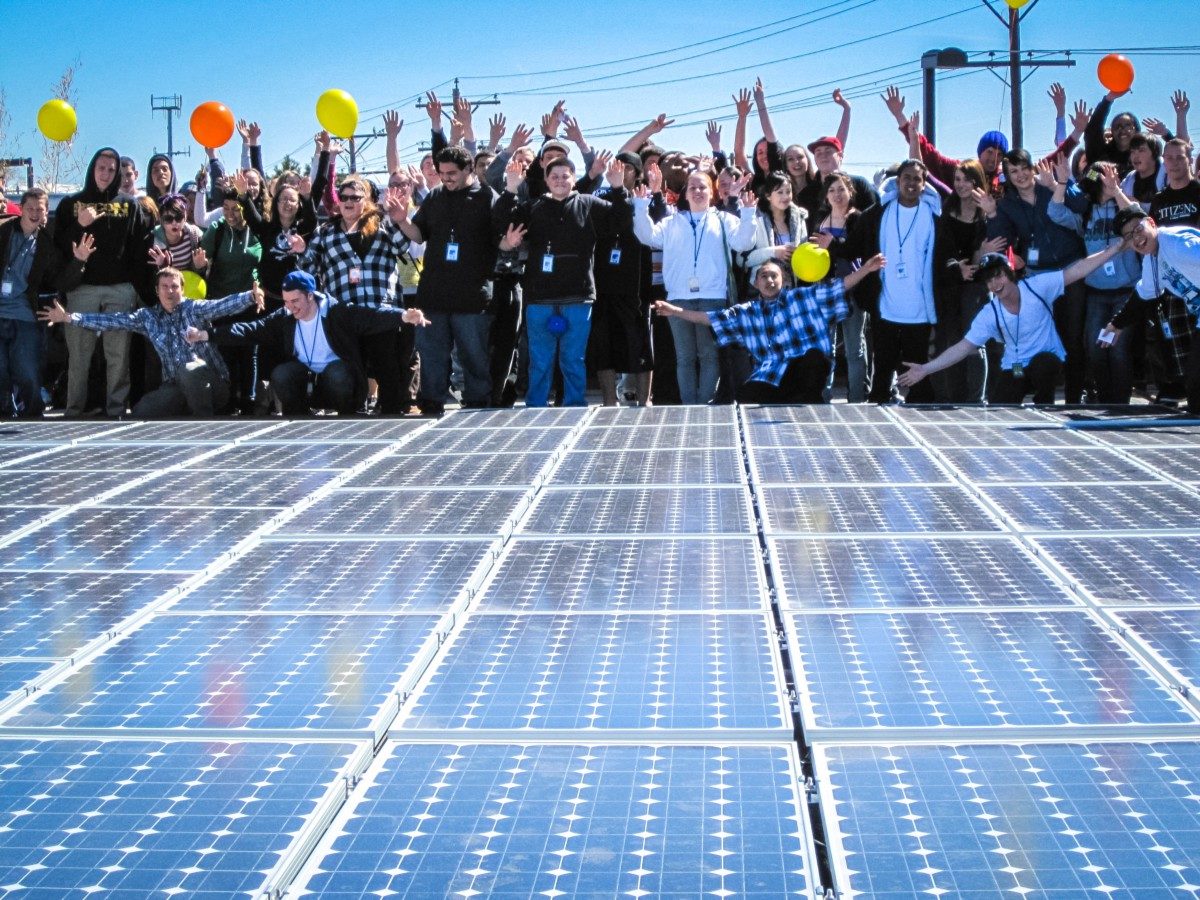The Illinois Commerce Commission (ICC) approved the Illinois Power Agency’s (IPA) Long-Term Renewable Resources Procurement Plan in a Final Order on April 3. The Final Order reversed an Interim Order that would have excluded municipal utilities, rural electric cooperatives and a small investor owned utility from participation in Future Energy Jobs Act (FEJA) programs.
Tuesday’s order was hailed by environmental, clean energy, environmental justice and low-income advocates. The ruling is expected to drive Illinois to a gigawatt-scale solar market by the year 2020, and to become a top ten or better market among U.S. states for the next decade.
“This Plan and Illinois’ modernized renewable energy policy put our state on the map as one of the nation’s solar leaders,” said Environmental Law and Policy Center (ELPC) Senior Attorney Brad Klein.
The ICC action continues the process begun by enactment of FEJA in December, 2016. Two key elements of interest to the solar community will be the approval of the low and moderate income “Illinois Solar For All Program (ISFA)” and the community solar Program.
In parallel with the ICC, the IPA has selected organizations who will be invited to participate in Requests for Proposals as program administrators for the Adjustable Block Program and the ISFA Program. It is expected that these administrators will be selected by June, and get their programs running by the summer.
“We’re excited because this plan takes important steps forward to ensure greater access to solar energy through community solar and Illinois Solar For All programs”, said ELPC Policy Advocate MeLena Hessel.
Small utilities included
The re-inclusion of utilities other than the three major investor owned (ComEd, Ameren Illinois and MidAmerican Energy) was the major issue. A more lasting remedy, which may require legislative action would be inclusion of the small utilities in Illinois’ Renewable Portfolio Standard and paying into the renewable energy funds without being regulated under the ICC. In the Final Order, the ICC noted that these utilities will have to get their net metering policies to the equivalent level of the “Big Three” utilities to participate.
A few other issues were resolved in the 180-page Final Order. The IPA was requested to work ICC staff to create a process for review of batch contracts by approved vendors, who are the responsible parties in projects and are the ones who receive the Renewable Energy Credit payments.
Contract delivery will also specify annual electricity delivery requirements to be reduced by 0.5% each year to account for PV system degradation.
Co-location of PV system requirements were modified to allow up to two 2-MW community solar projects, either in one site, or one system each on contiguous sites. The Economic Benefits language for ISFA installations was further clarified to assure that subscribers in that program get a minimum of 50% of the energy savings.
This content is protected by copyright and may not be reused. If you want to cooperate with us and would like to reuse some of our content, please contact: editors@pv-magazine.com.








By submitting this form you agree to pv magazine using your data for the purposes of publishing your comment.
Your personal data will only be disclosed or otherwise transmitted to third parties for the purposes of spam filtering or if this is necessary for technical maintenance of the website. Any other transfer to third parties will not take place unless this is justified on the basis of applicable data protection regulations or if pv magazine is legally obliged to do so.
You may revoke this consent at any time with effect for the future, in which case your personal data will be deleted immediately. Otherwise, your data will be deleted if pv magazine has processed your request or the purpose of data storage is fulfilled.
Further information on data privacy can be found in our Data Protection Policy.